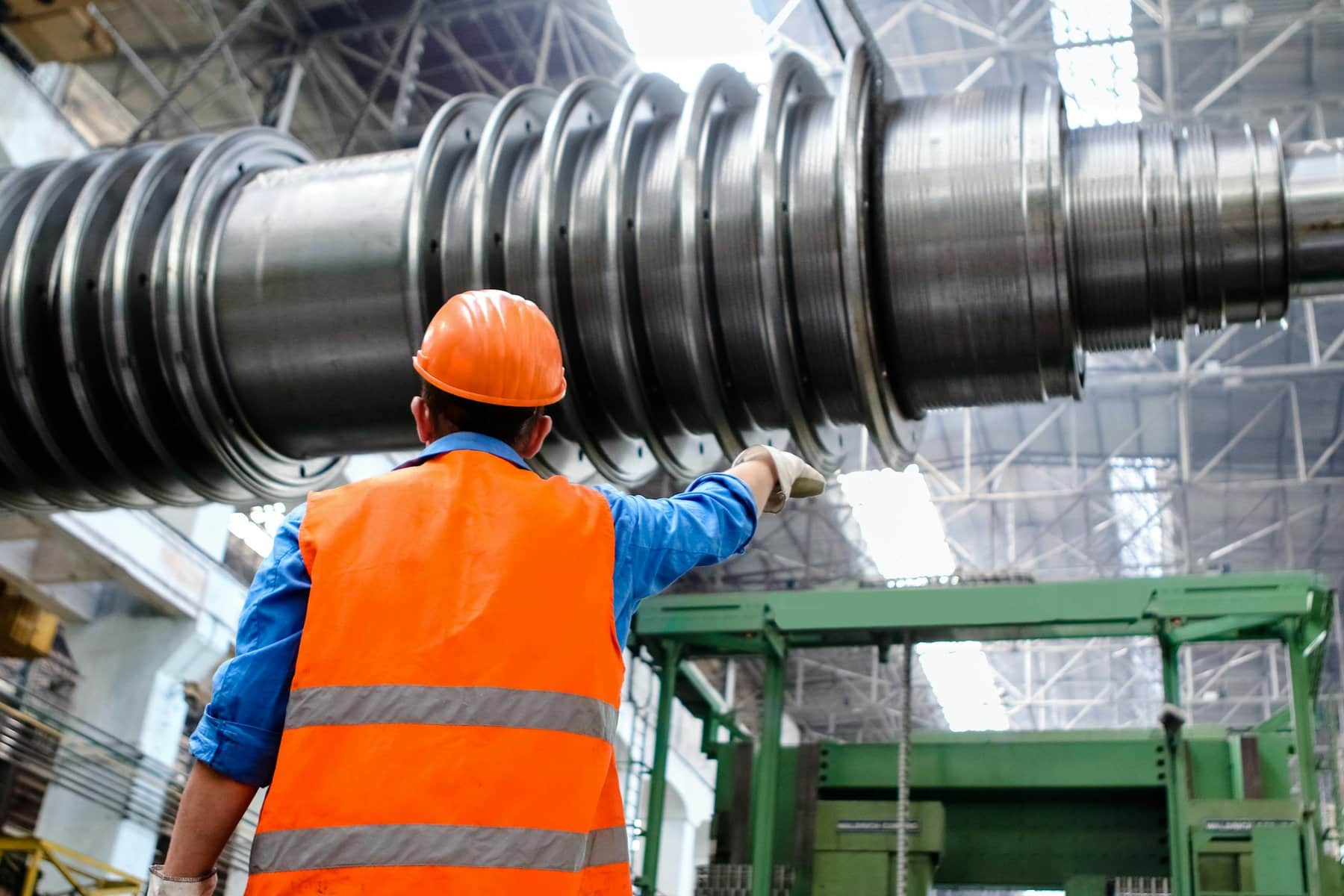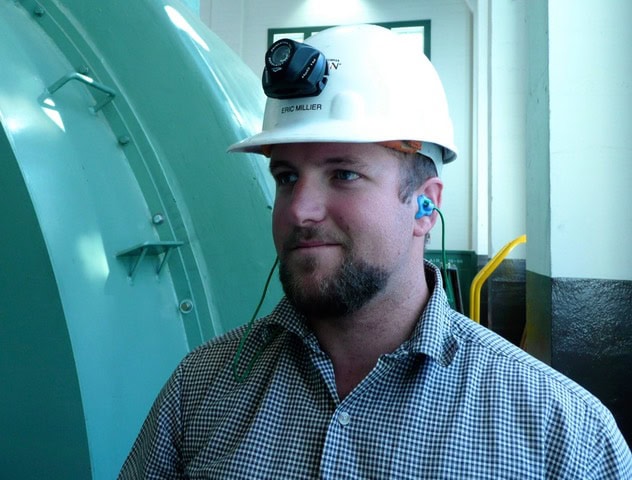- 800.525.2690
- [email protected]
- Mon - Fri: 8:00 - 4:30
Trends in … hearing protection
Discover 2025 trends in hearing protection for workplace safety. Learn from experts at E.A.R. Inc. about custom-fit earplugs, programmable hearing aids, and proper fit testing to ensure worker comfort and compliance in noisy environments.

Working safely in a noisy environment
This article by Jennifer Yario was published on September 28, 2025 in Safety + Health Magazine
If you’re a safety professional looking to select hearing protection for workers, the same logic that applies to other personal protective equipment applies here: There’s no “one-size-fits-all” approach.
Individual needs must be considered – not an easy thing to do with hearing protection, said E.A.R. Inc. CEO Garry G. Gordon.
“While prescription safety eyewear is common, there’s still a gap in the market for hearing protection that can be tailored to an individual’s hearing needs,” the audiologist and instructor added.

For employees with moderate to severe hearing loss, Gordon said, solutions such as custom-fit hearing protection and earmuffs “sometimes fall short because they don’t account for individual hearing profiles in the way that professionally fit hearing aids do.
“Thankfully … some programable hearing aids can now double as hearing protectors, ensuring employees with hearing loss can work safety without compromising their hearing health.”
This is why, to have a successful hearing protection program, “it’s so important for employers to provide options in size and type to their workers,” said Katie Mielcarek, marketing manager at Gateway Safety.
Because hearing protection is helpful only if workers wear it.
“We regularly see employees removing their hearing protection to have conversations, exposing themselves to hazardous noise levels,” said Kevin Czechorski, national sales manager for hearing and head protection at PIP HSP.
Another issue: proper fit, which is “paramount” to the effectiveness of hearing protection, Czechorski said. “The difference in attenuation between a properly fit earplug and an improperly fit plug has been found to be upwards of 20 decibels, leading to a false sense of security when an earplug is worn incorrectly.”
He recommends “training employees on the proper use of hearing protection devices and utilizing a fit testing system to identify plugs that are comfortable when fit correctly. Employees are much more likely to wear their HPDs properly when they understand the hazards and are provided with a plug that fits them and is comfortable to wear for extended periods of time.”
Mielcarek added: “Hearing protection isn’t something employers should take lightly because, in most cases, hearing loss is permanent.”
Related articles:
